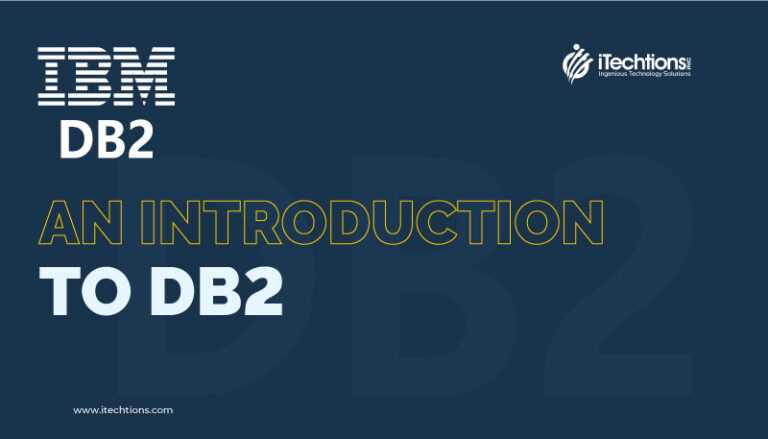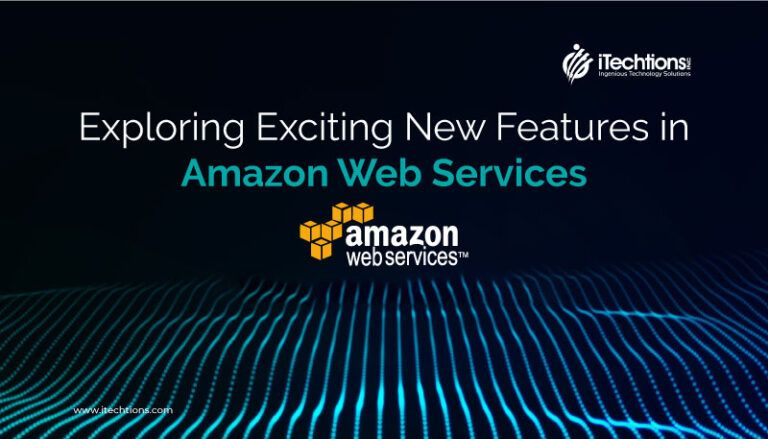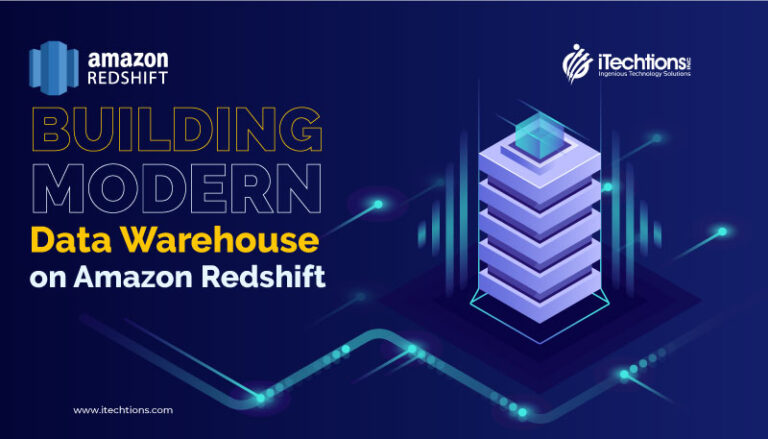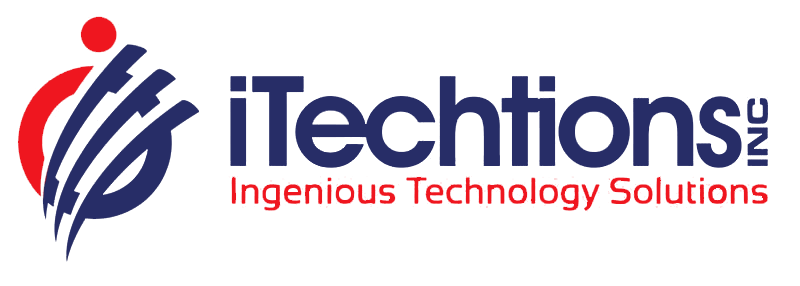Google BigQuery and Snowflake are two popular cloud-based data warehousing solutions that allow organizations to analyze and query large datasets in real-time. Google BigQuery, developed by Google Cloud, is a fully managed, serverless data warehouse that enables users to analyze and visualize data using SQL queries. Snowflake, on the other hand, is a cloud-based data warehousing platform that is known for its scalability and performance.
The purpose of this comparison is to provide a comprehensive analysis of Google BigQuery and Snowflake, focusing on various aspects such as pricing, performance, integration and compatibility, security, use cases, and support and documentation. By examining these key factors, organizations can make an informed decision when choosing between Google BigQuery and Snowflake for their data warehousing needs.
Pricing
Google BigQuery Pricing Model
Storage Costs
Google BigQuery charges users based on the amount of data stored in the platform. The pricing is tiered, with different pricing for different storage levels. The first 10 GB of storage is free, and after that, users are charged based on the amount of data stored per month.
Query Costs
In addition to storage costs, Google BigQuery also charges users for the amount of data processed by queries. The pricing is based on the number of bytes scanned by each query, with a minimum charge per query.
Snowflake Pricing Model
Storage Costs
Snowflake also charges users based on the amount of data stored in the platform. The pricing is based on the amount of data stored per month, with different pricing tiers for different storage levels. Snowflake offers a pay-as-you-go pricing model, allowing users to scale their storage based on their needs.
Query Costs
Similar to Google BigQuery, Snowflake also charges users for the amount of data processed by queries. The pricing is based on the amount of data scanned by each query, with a minimum charge per query.
Key Takeways
When comparing the pricing models of Google BigQuery and Snowflake, it is important to consider the specific needs and usage patterns of the organization. Google BigQuery may be more cost-effective for organizations with smaller datasets, as it offers a free tier for the first 10 GB of storage. Snowflake, on the other hand, may be a better option for organizations that require more flexibility and scalability in their storage needs.
Performance
Query speeds
Google BigQuery
Google BigQuery is known for its fast query speeds, allowing users to run complex queries on large datasets in a matter of seconds. The platform is designed to handle massive amounts of data and can scale dynamically to accommodate varying workloads.
Snowflake
Snowflake is also known for its high performance and scalability, with the ability to process queries quickly and efficiently. The platform is built on a unique architecture that separates storage and compute, allowing users to scale their compute resources independently of their storage needs.
Scalability
Google BigQuery
Google BigQuery is highly scalable, with the ability to handle datasets ranging from gigabytes to petabytes in size. The platform can dynamically scale resources to meet the demands of varying workloads, allowing users to run complex queries on massive datasets without any performance degradation.
Snowflake
Snowflake is designed for scalability, with the ability to scale resources independently of storage needs. The platform can automatically allocate resources based on the size of the dataset and the complexity of the queries, ensuring optimal performance at all times.
Key Takeways
When comparing the performance of Google BigQuery and Snowflake, it is important to consider factors such as query speeds, scalability, and resource allocation. Both platforms offer high performance and scalability, making them well-suited for organizations with large and complex datasets.
Integration and Compatibility
Data Sources Supported
Both Google BigQuery and Snowflake support a wide range of data sources, including structured and semi-structured data from various sources such as databases, data lakes, and cloud storage services. Users can easily ingest data into the platforms using built-in connectors or APIs.
Ecosystem Integrations
Google BigQuery and Snowflake offer integrations with popular BI tools, data visualization platforms, and data processing frameworks. Users can easily connect their data warehousing platforms to third-party applications and services, allowing for seamless data integration and analysis.
API Support
Both Google BigQuery and Snowflake provide APIs that allow users to programmatically interact with the platforms. Users can automate data ingestion, query execution, and resource management using the APIs, making it easy to integrate the platforms into existing workflows and applications.
Key Takeways
When comparing the integration capabilities of Google BigQuery and Snowflake, it is important to consider factors such as the range of data sources supported, ecosystem integrations, and API support. Both platforms offer robust integration capabilities, allowing users to easily connect their data warehousing platforms to third-party applications and services.
Security
Encryption Options
Both Google BigQuery and Snowflake offer advanced encryption options to protect data at rest and in transit. Users can encrypt data using encryption keys managed by the platform or bring their own encryption keys for added security. Additionally, both platforms offer data masking and access controls to ensure data security and privacy.
Access control
Google BigQuery and Snowflake provide granular access controls that allow administrators to define roles and permissions for users and groups. Users can control access to data based on user roles, ensuring that sensitive data is only accessible to authorized users.
Compliance Certifications
Both Google BigQuery and Snowflake comply with industry standards and regulations, such as PCI DSS, HIPAA, and GDPR. The platforms undergo regular security audits and certifications to ensure compliance with data protection regulations and standards.
Key Takeways
When comparing the security features of Google BigQuery and Snowflake, it is important to consider factors such as encryption options, access control, and compliance certifications. Both platforms offer robust security features that help protect data from unauthorized access and ensure compliance with data protection regulations.
Use Cases
Typical Use Cases for Google BigQuery
Google BigQuery is well-suited for organizations that require fast and scalable data processing for analytics, reporting, and machine learning applications. Typical use cases for Google BigQuery include real-time analytics, data warehousing, ad hoc querying, and business intelligence.
Typical Use Cases for Snowflake
Snowflake is ideal for organizations that require a highly scalable and flexible data warehousing solution. Typical use cases for Snowflake include data sharing, data lake integration, data warehousing, and real-time analytics.
Key Takeways
When comparing the use cases for Google BigQuery and Snowflake, it is important to consider factors such as scalability, performance, and flexibility. Google BigQuery may be a better option for organizations that require fast query speeds and real-time analytics, while Snowflake may be a better option for organizations that require scalability and flexibility in their data warehousing solutions.
Support & Documentation
Support Options
Both Google BigQuery and Snowflake offer a range of support options, including email support, phone support, and online documentation. Users can access technical support and troubleshooting resources to resolve issues and queries related to the platforms.
Documentation Quality
Google BigQuery and Snowflake provide comprehensive documentation that covers various aspects of the platforms, including setup, configuration, best practices, and troubleshooting. Users can access documentation resources to learn how to use the platforms effectively and troubleshoot common issues.
Key Takeways
When comparing the support and documentation provided by Google BigQuery and Snowflake, it is important to consider factors such as the quality of documentation, availability of support options, and response times. Both platforms offer extensive documentation and support resources to help users get the most out of their data warehousing solutions.
Final Thoughts
Summary of Key Differences and Similarities
In summary, Google BigQuery and Snowflake are two leading data warehousing solutions that offer high performance, scalability, and security. While Google BigQuery is known for its fast query speeds and real-time analytics capabilities, Snowflake is known for its scalability and flexibility. Both platforms offer robust integration capabilities, advanced security features, and comprehensive support and documentation resources.
Recommendations for choosing between Google BigQuery and Snowflake
When choosing between Google BigQuery and Snowflake, organizations should consider their specific data warehousing needs, such as data volume, query complexity, and scalability requirements. Google BigQuery may be a better option for organizations that require fast query speeds and real-time analytics, while Snowflake may be a better option for organizations that require scalability and flexibility in their data warehousing solutions. Ultimately, organizations should evaluate their requirements and test both platforms to determine which best meets their needs.









